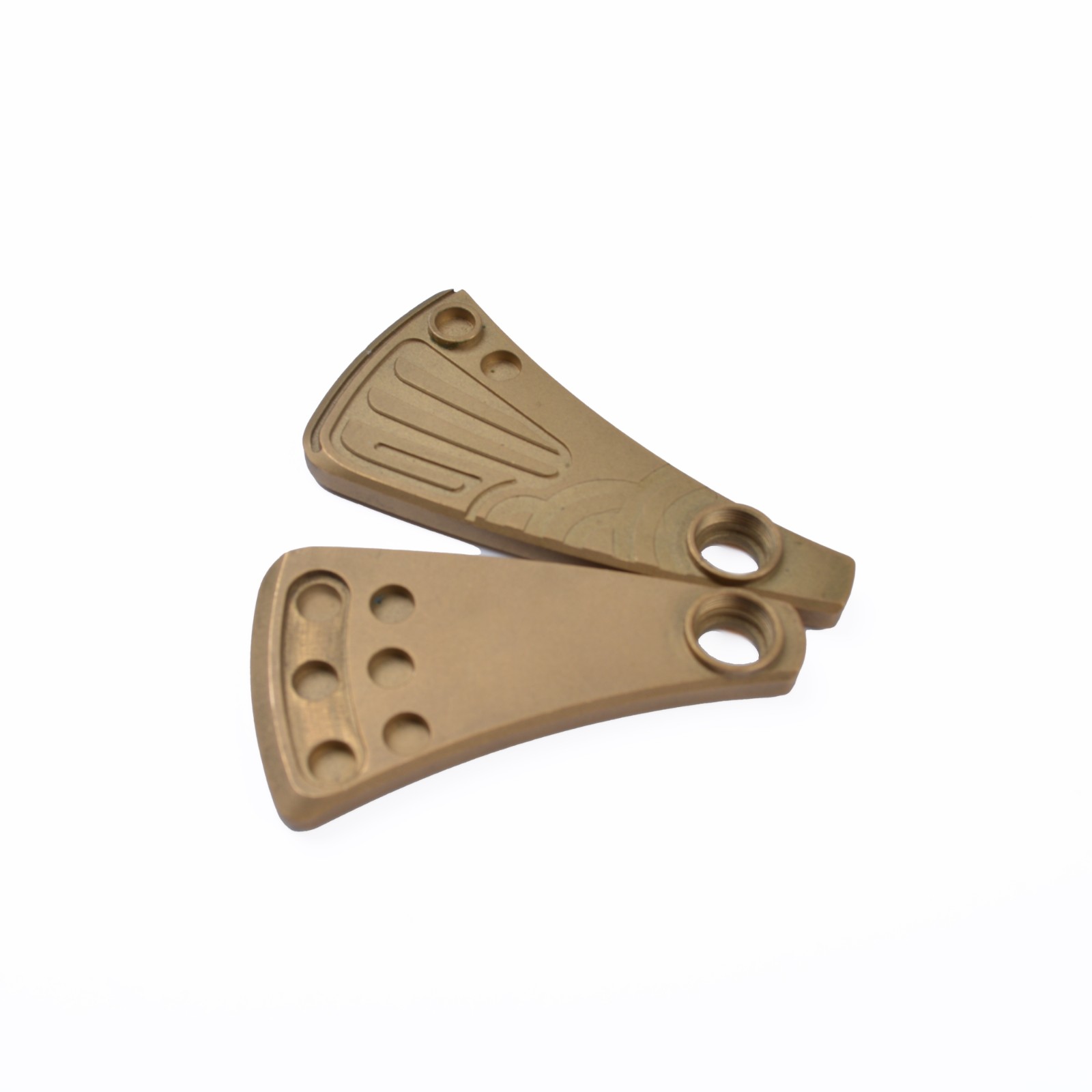
Understanding the Differences Between 18-8 Stainless Steel and 304 Stainless Steel
Stainless steels are renowned for their corrosion resistance, strength, and durability, making them essential materials in a wide range of industries. Among the various types of stainless steel, 18-8 stainless steel and 304 stainless steel are two of the most commonly used grades. While they share many similarities, there are also distinct differences between them. This essay aims to elucidate the differences, advantages, and typical applications of 18-8 stainless steel and 304 stainless steel.
Composition and Properties
18-8 Stainless Steel:
The term "18-8" refers to the composition of this stainless steel, which contains approximately 18% chromium and 8% nickel. The exact composition can vary slightly depending on the specific alloy, but the essential characteristic remains the same. This composition provides a balance of good corrosion resistance, formability, and mechanical properties.
304 Stainless Steel:
304 stainless steel, also known as A2 stainless steel, is the most common form of stainless steel used around the world. Its composition typically includes 18-20% chromium and 8-10.5% nickel, with a maximum of 0.08% carbon. This slight variation in composition, compared to 18-8 stainless steel, enhances its corrosion resistance and overall performance.
Differences Between 18-8 and 304 Stainless Steel
1. Composition:
. 18-8 stainless steel: Contains 18% chromium and 8% nickel.
. 304 stainless steel: Contains 18-20% chromium and 8-10.5% nickel, with stricter controls on carbon content (max 0.08%).
2. Corrosion Resistance:
. 18-8 stainless steel: Offers good corrosion resistance, suitable for most general-purpose applications.
. 304 stainless steel: Provides excellent corrosion resistance, particularly against oxidizing acids, due to the higher chromium content.
3. Mechanical Properties:
. 18-8 stainless steel: Generally has good tensile strength and durability.
. 304 stainless steel: Exhibits slightly superior tensile strength and durability, making it suitable for more demanding applications.
4. Formability and Weldability:
. Both grades exhibit excellent formability and weldability. However, 304 stainless steel is often preferred in applications requiring extensive welding due to its lower carbon content, which minimizes carbide precipitation during welding.
Advantages of Each Material
Advantages of 18-8 Stainless Steel:
1. Cost-Effective: Generally less expensive than 304 stainless steel, making it a cost-effective choice for many applications.
2. Versatility: Suitable for a wide range of general-purpose applications due to its balanced properties.
3. Availability: Widely available and commonly used, ensuring ease of procurement and replacement.
Advantages of 304 Stainless Steel:
1. Superior Corrosion Resistance: Higher chromium content provides better resistance to oxidation and corrosion, particularly in acidic environments.
2. Strength and Durability: Enhanced mechanical properties make it suitable for more demanding applications.
3. Weldability: Lower carbon content minimizes the risk of carbide precipitation during welding, ensuring better performance in welded structures.
Typical Applications
Applications of 18-8 Stainless Steel:
1. Kitchenware and Appliances: Commonly used in the manufacture of pots, pans, cutlery, and kitchen sinks due to its good corrosion resistance and formability.
2. Fasteners: Widely used for bolts, nuts, and screws in various industries because of its strength and durability.
3. Architectural Applications: Suitable for indoor applications like handrails, brackets, and decorative elements.
Applications of 304 Stainless Steel:
1. Chemical Processing Equipment: Used in the construction of tanks, pipes, and vessels that handle corrosive chemicals due to its superior corrosion resistance.
2. Medical Devices: Preferred for surgical instruments, implants, and medical equipment because of its biocompatibility and resistance to sterilization processes.
3. Food and Beverage Industry: Utilized in food processing equipment, brewing tanks, and dairy equipment where cleanliness and corrosion resistance are paramount.
4. Construction: Employed in building facades, structural supports, and exterior architectural elements for its durability and aesthetic appeal.
Conclusion
Both 18-8 stainless steel and 304 stainless steel are indispensable materials in modern industry, each offering unique advantages that make them suitable for a variety of applications. While 18-8 stainless steel is a cost-effective and versatile option for general-purpose use, 304 stainless steel provides superior corrosion resistance and mechanical properties, making it ideal for more demanding environments. Understanding the differences between these two grades allows engineers and designers to select the most appropriate material for their specific needs, ensuring optimal performance and longevity of their products.

Copyright © 2025 Dongguan Yifeng Metal Co., Ltd. | All Rights Reserved